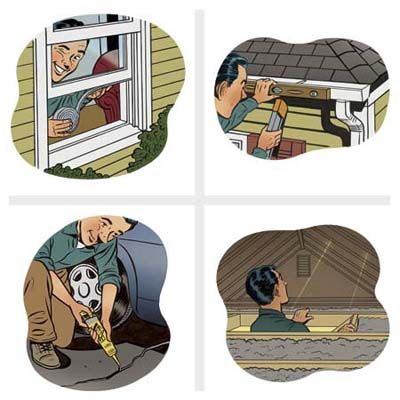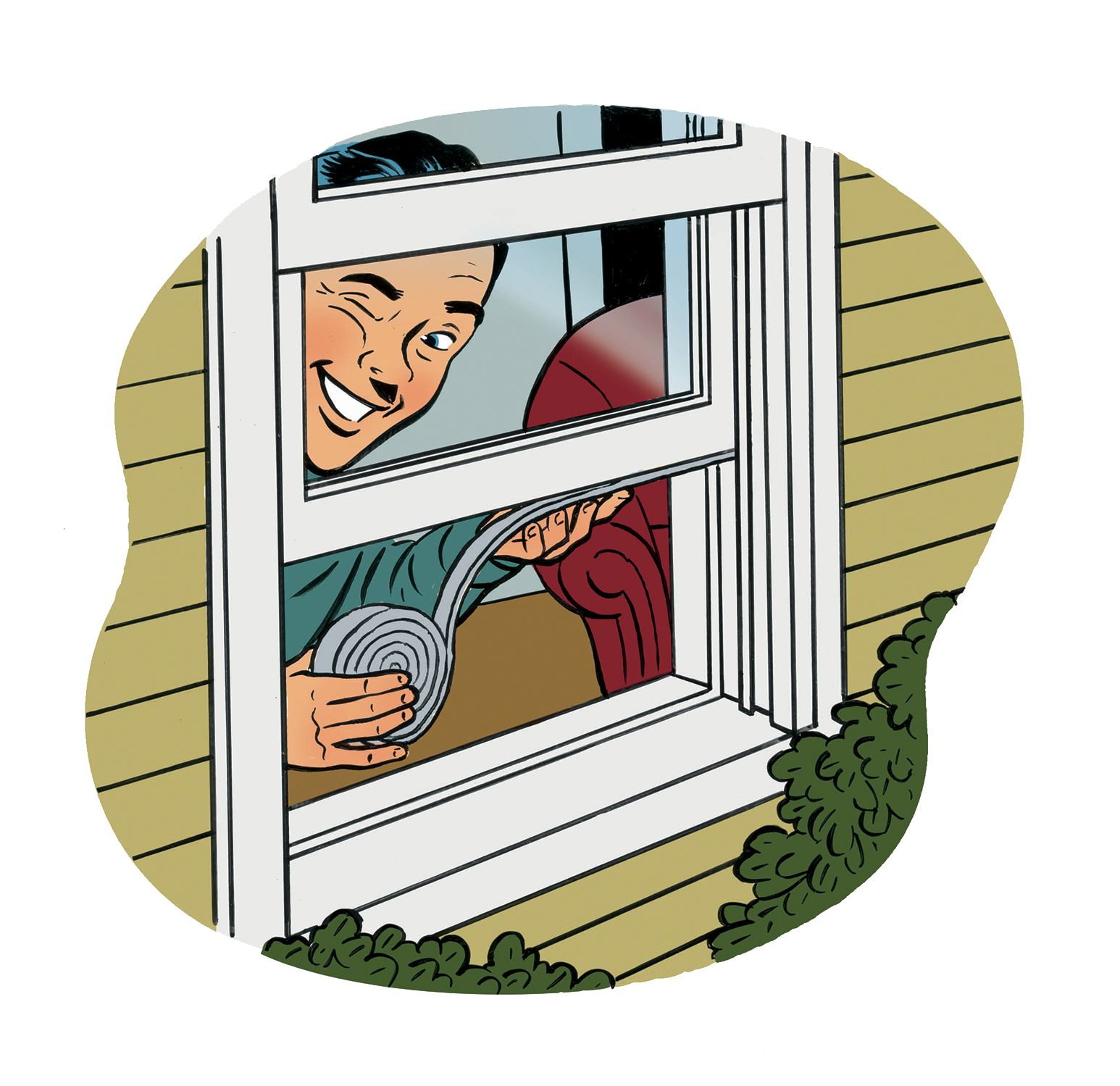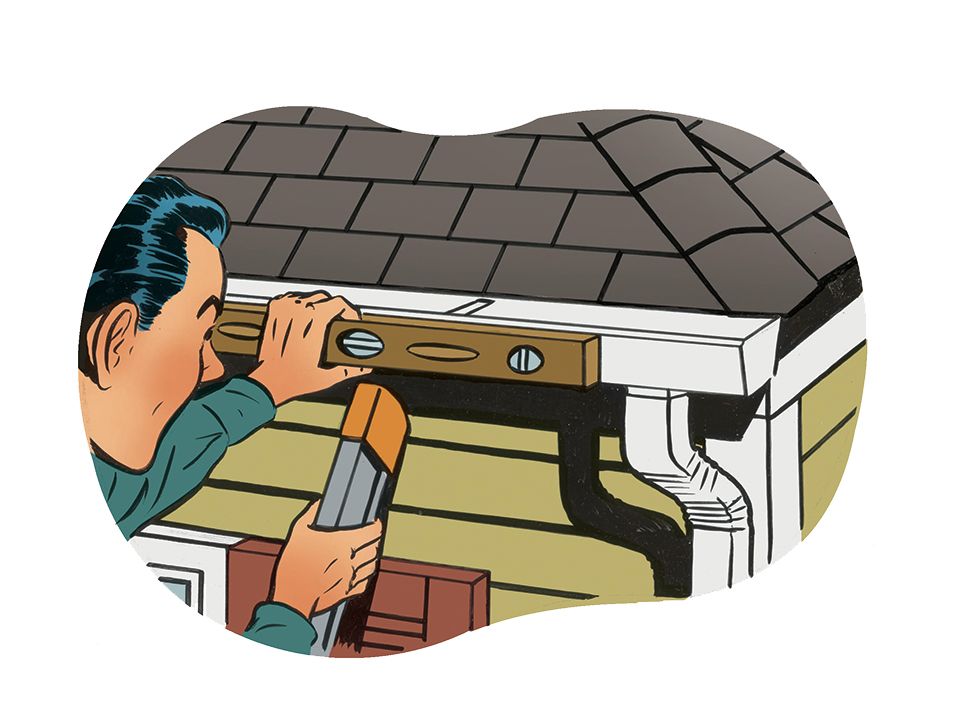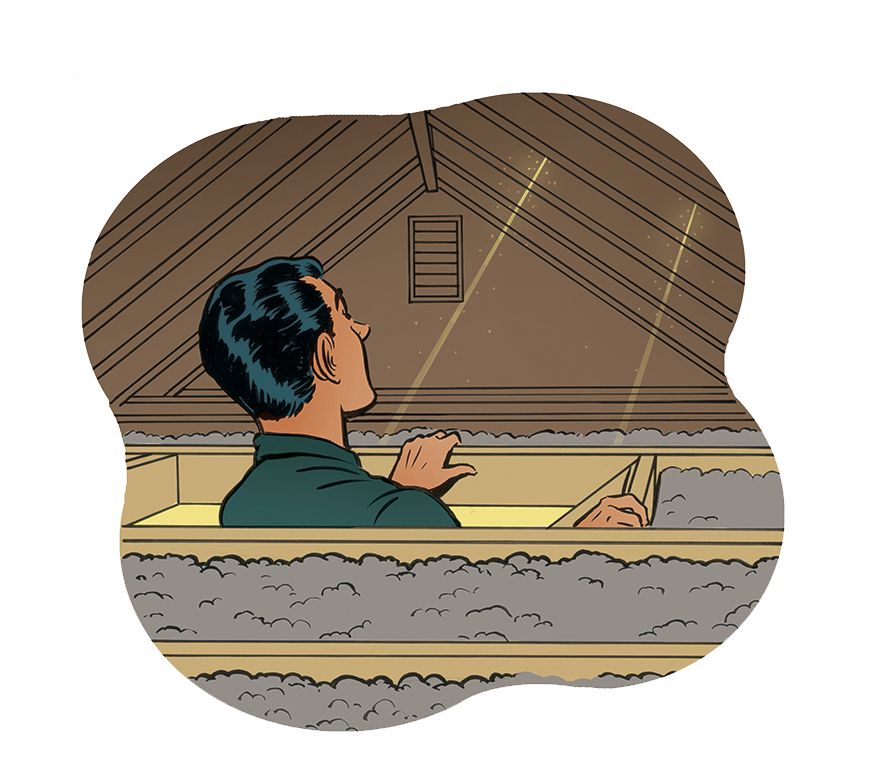Fall maintenance is more than a seasonal chore—it’s an investment in your home’s longevity and your family’s comfort. Resolving potential issues before winter sets in prevents costly repairs and ensures your home remains warm and efficient during the colder months. This guide outlines the essential tasks you should complete before fall to keep your home cozy and well-maintained.

Why Fall Maintenance Matters
Homeowners should perform regular maintenance to prevent costly repairs, improve home efficiency, and preserve property value. Taking care of issues such as roof damage, clogged gutters, and faulty heating systems before winter arrives can prevent more serious problems and higher expenses.
Preparing your home for the colder months will enhance energy efficiency, lower heating costs, and provide comfort and safety. Moreover, protecting your home from winter weather conditions will reduce storm damage and help maintain your home’s long-term value.
Weatherproof Windows and Doors for Fall
Properly sealed windows and doors serve as the first line of defense against drafts and energy loss. Upgrading these areas can significantly enhance your home’s comfort and reduce heating costs. Below are some tips on how to weatherproof your home.
- Seal gaps and cracks: Inspect the perimeter of your windows and doors for gaps larger than 1/8 inch. These openings can lead to significant heat loss and drive up your energy bills. Use high-quality caulk to seal these gaps, ensuring a tight barrier against cold air.
- Install weather stripping: Weather stripping improves the seal on your windows and doors. For windows, apply adhesive-backed closed-cell foam to the bottom of the sash. On doors, use foam strips along the sides and top.
- Add door sweeps: To prevent drafts, install door sweeps on the bottom of exterior doors. These easy-to-install devices create a tight seal between the door and the threshold, keeping cold air out and warm air in.

Inspect and Clean Your Gutters for Fall
Gutters safeguard your home’s foundation and prevent water damage. Follow these steps to ready your gutters for the colder months.
Check Gutter Pitch
Male sure gutters slope between 1/16 inch and 1/8 inch per foot towards the downspout. Use a level to verify the pitch or pour water from a hose to observe the flow direction. Proper pitch prevents water pooling and overflowing, which can cause foundation issues. Adjust the pitch as needed to maintain drainage.

Remove Debris
Clear leaves, twigs, and other debris from your gutters to prevent clogging. This is crucial in the fall when trees shed their leaves. Use a gutter scoop or hire a professional if you’re uncomfortable using a ladder. Inspect downspouts for blockages and clear them to create unobstructed water flow.
Install Gutter Guards
You can install gutter guards to reduce future maintenance. These devices keep leaves and debris out while allowing water to flow freely. Gutter guards minimize the need for frequent cleaning and can extend the lifespan of your gutters. Choose guards that fit your gutter system and handle local weather conditions effectively.
Repair Concrete Surfaces Before Fall
Repairing cracks and damage in concrete surfaces before winter prevents further deterioration caused by freeze-thaw cycles. Use an acrylic latex concrete repair compound for cracks less than a half-inch wide. Clean the crack thoroughly, then apply the compound deep into the crevice using a caulking gun. Smooth the surface with a putty knife for a clean finish.
Use a vinyl concrete patching compound for larger cracks or damaged areas in walkways and steps. Apply the compound with a trowel, smoothing it to match the surrounding surface. Allow it to cure for at least one day before walking on it and three days before driving over repaired driveway areas.

Prepare Your HVAC System for Fall
A well-maintained HVAC system provides efficient heating throughout winter, keeping your home comfortable and energy bills in check. Use the maintenance tips below to prep your system.
Clean or Replace Filters
Start the season with clean filters to improve air quality and system efficiency. Most filters should be replaced every 1-3 months, depending on usage and type. Check your manufacturer’s recommendations for specific guidance.
Reverse Ceiling Fan Direction
For the winter months, change your ceiling fans’ rotation to clockwise. This direction pushes warm air down, helping distribute heat evenly throughout the room. Most fans have a switch on the base to change the direction.
Remove and Store Window AC Units
If you have window air conditioning units, remove them before the cold weather sets in. Clean the coils and filters, then store the units in a cool, dry place. Cover them to protect against dust and pests during the off-season.
Examine Your Attic Each Fall
Your attic can impact your home’s energy efficiency and protection against the elements. A thorough inspection can reveal issues that, if addressed promptly, can prevent more significant problems. Take the steps below to check your attic’s condition.
Check for Holes and Leaks
On a bright day, look for streams of light entering the attic through the roof or sheathing. These openings can lead to water damage and heat loss. Use closed-cell polyurethane foam to seal small gaps in the sheathing. Fix any roof leaks promptly to prevent further damage.

Address Insulation Needs
Good insulation helps maintain a comfortable home temperature and reduces energy costs. If you can see the tops of the joists, you likely need more insulation. Add a layer of unfaced batt insulation perpendicular to the existing insulation, ensuring a snug fit between pieces.
Check Proper Ventilation
Good attic ventilation helps regulate temperature and moisture levels, preventing ice dams and extending the life of your roof. Check that vents are debris-free, and add additional ventilation if your attic feels excessively hot or humid.
Winterize Your Plumbing Before Autumn
Protecting your plumbing from freezing temperatures prevents burst pipes and water damage during colder months.
Insulate Exposed Pipes
Identify pipes in unheated areas such as basements, crawl spaces, and exterior walls. Wrap these pipes with foam insulation sleeves to protect against freezing. Pay special attention to areas where pipes are exposed to cold drafts.
Drain Outdoor Faucets
Disconnect and drain all garden hoses before the first freeze. Turn off the water supply to outdoor faucets and drain any remaining water from the pipes. Consider installing frost-free hose bibs for added protection.
Service Your Water Heater
Have a professional inspect and service your water heater. This maintenance can improve efficiency, extend the unit’s life, and make sure you have reliable hot water throughout the winter.
Enhance Energy Efficiency for Fall
Improving your home’s energy efficiency can lead to significant savings on heating costs while keeping your home more comfortable during the colder months. Use these recommended upgrades to improve your energy efficiency.
- Upgrade to a programmable thermostat: A programmable thermostat allows you to set different temperatures for various times of the day, optimizing comfort and energy use. Many smart thermostats can learn your habits and adjust accordingly, potentially leading to even greater energy savings.
- Seal air leaks: In addition to windows and doors, check for air leaks around electrical outlets, switch plates, and pipe entrances. Use caulk or foam sealant to close these gaps and prevent drafts.
- Add extra insulation where needed: Beyond the attic, add insulation to walls, floors, and crawl spaces. Spray foam or batt insulation can fill gaps and improve efficiency for walls. In floors and crawl spaces, use fiberglass or foam board insulation to minimize heat loss and prevent moisture issues.
Maintain Outdoor Areas to Prepare for Autumn
While most fall maintenance steps focus on the home’s interior and structural elements, don’t neglect the exterior. The condition of your outdoor areas can greatly impact the safety and appeal of your home. Take these steps to check your home’s exterior before fall.
Inspect Roof and Siding
Examine your roof for any damaged or missing shingles, and make sure that the flashing around vents and chimneys is intact. You should also inspect the siding for cracks or gaps that could allow moisture to infiltrate your home.
Prune Trees and Bushes
Trim branches that hang over your house or near power lines to prevent them from causing damage during winter storms. This also reduces the amount of leaves that can clog your gutters.
Store Outdoor Furniture and Equipment
Clean and store outdoor furniture, grills, and gardening tools to protect them from the harsh winter weather. This prevents rust and wear, extending their lifespan and saving you money in the long run.

